Navigating Soil Health Tests
This webinar, presented by Dr. Andrew Margenot and Heidi Allen Asensio, offers an overview of soil health testing. They cover common test types, interpretation of results, and how these tests can inform management decisions.
Must-See Crop Moments from the 2024 Growing Season
They say a picture is worth a thousand words—so let’s dive in! The IL Soy Envoys share their most intriguing photos from the 2024 growing season, discussing what’s happening in each shot and the lessons learned. Plus, they bring you the latest weekly crop report straight from the field.
A Record Crop During a Wet Year?
USDA-NASS forecasts yields of 225 for corn and 66 for soybeans in Illinois, but are the IL Soy Envoys seeing this potential in their fields? Listen as they share crop conditions, discussing the possible need for a second fungicide pass and addressing reports of tar spot, SDS, white mold, and more.
What is the Ideal Fall Planting Date for Cover Crops?
It's August, and farmers are preparing for harvest, which for some includes planting cover crops. What is the ideal fall planting date and seeding rate for planting cereal rye or clover cover crops in Illinois? Nathan Johanning, Extension Educator with the University of Illinois, has been conducting field trials across the state to answer these questions.
Utilizing Technology to Enhance Soybean Scouting
Blake Patton discusses the use of remote sensing technology to improve soybean scouting.
Are We Getting Too Much Rain?
Rainfall continues across Illinois, with some areas welcoming the moisture while others face potential excess. The IL Soy Envoys discuss this issue, along with disease pressure and insect reports in corn and soybean fields.
Strategies for Maintaining Crop Yield Among Low Commodity Prices
Dr. Connor Sible presented "Strategies for Crops Among Low Commodity Prices" at a recent field day, covering actionable steps you can take now and what to plan for next spring.
Field Talk: Cover Crop Impacts on Soil and Water Management
John Pike, CCA, and Independent Research Agronomist and Consultant, presents a rainfall simulator demonstration and discusses the impact of cover crops on soil and water management.
Corn Leaf Aphids Attack!
Corn leaf aphids are invading corn fields, and wet conditions are leading to an increase in disease. The IL Soy Envoys discuss these challenges, sharing insights on disease and insect pressure, along with other field reports.
Field Talk: To Spray or Not to Spray Fungicides?
Dr. Boris Camiletti, Plant Pathologist at the University of Illinois Extension, and Dr. Carl Bradley, Plant Pathologist at the University of Kentucky Extension, explore the impact of fungicides on yield. They also share fungicide trials and when to consider an application. This presentation was featured at the Illinois Soybean Association's Field Talk at Rend Lake College on June 20, 2024.


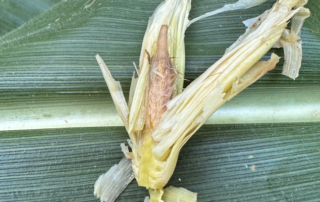
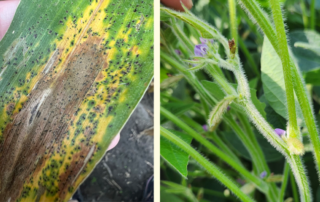
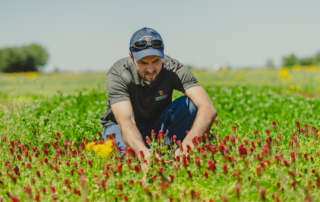
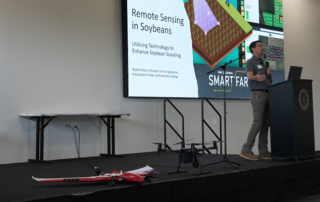
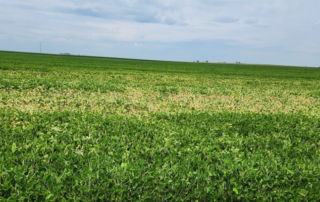


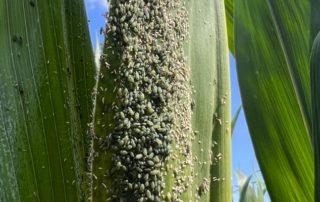
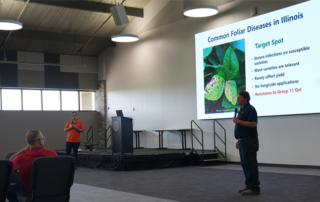

 and then
and then